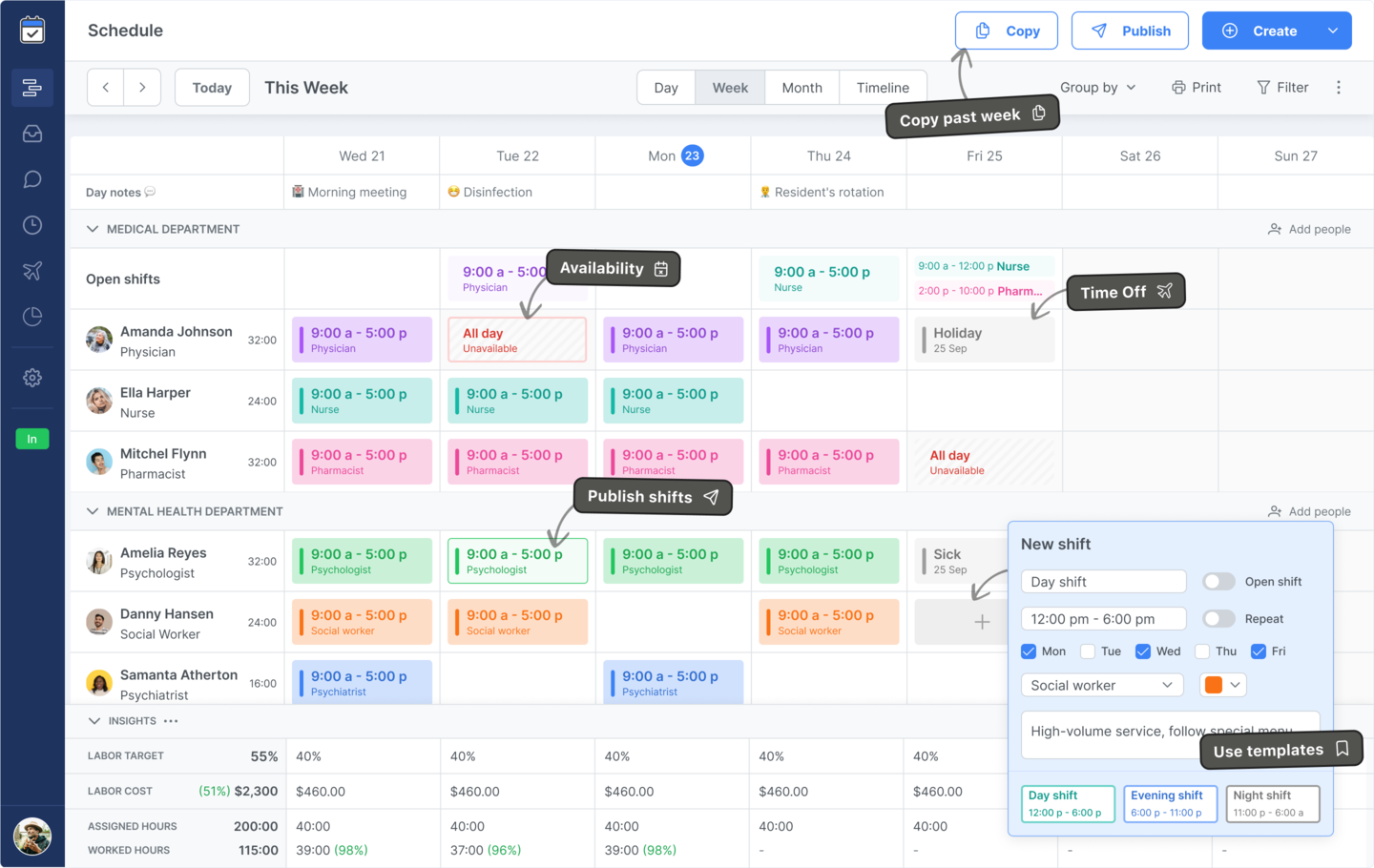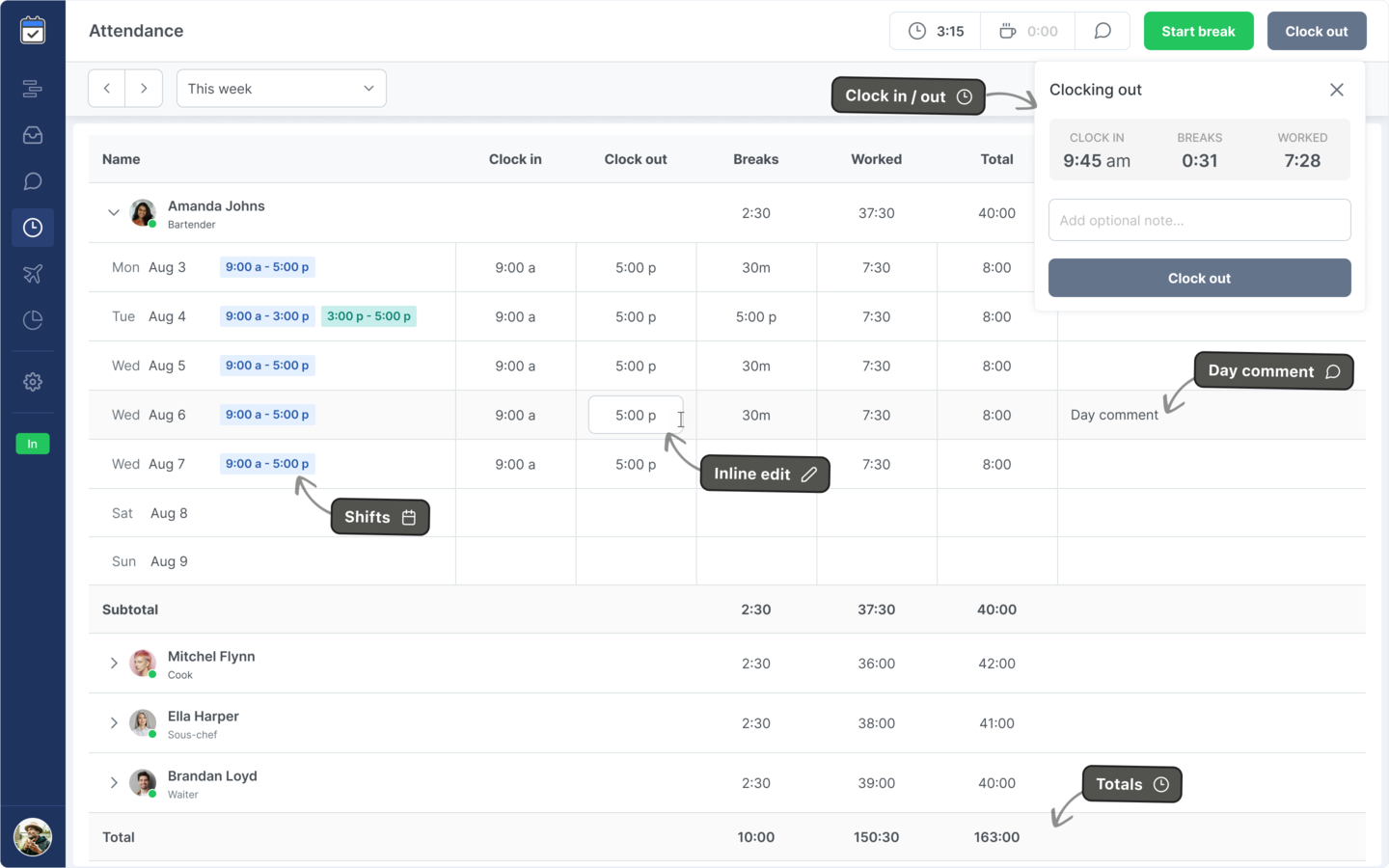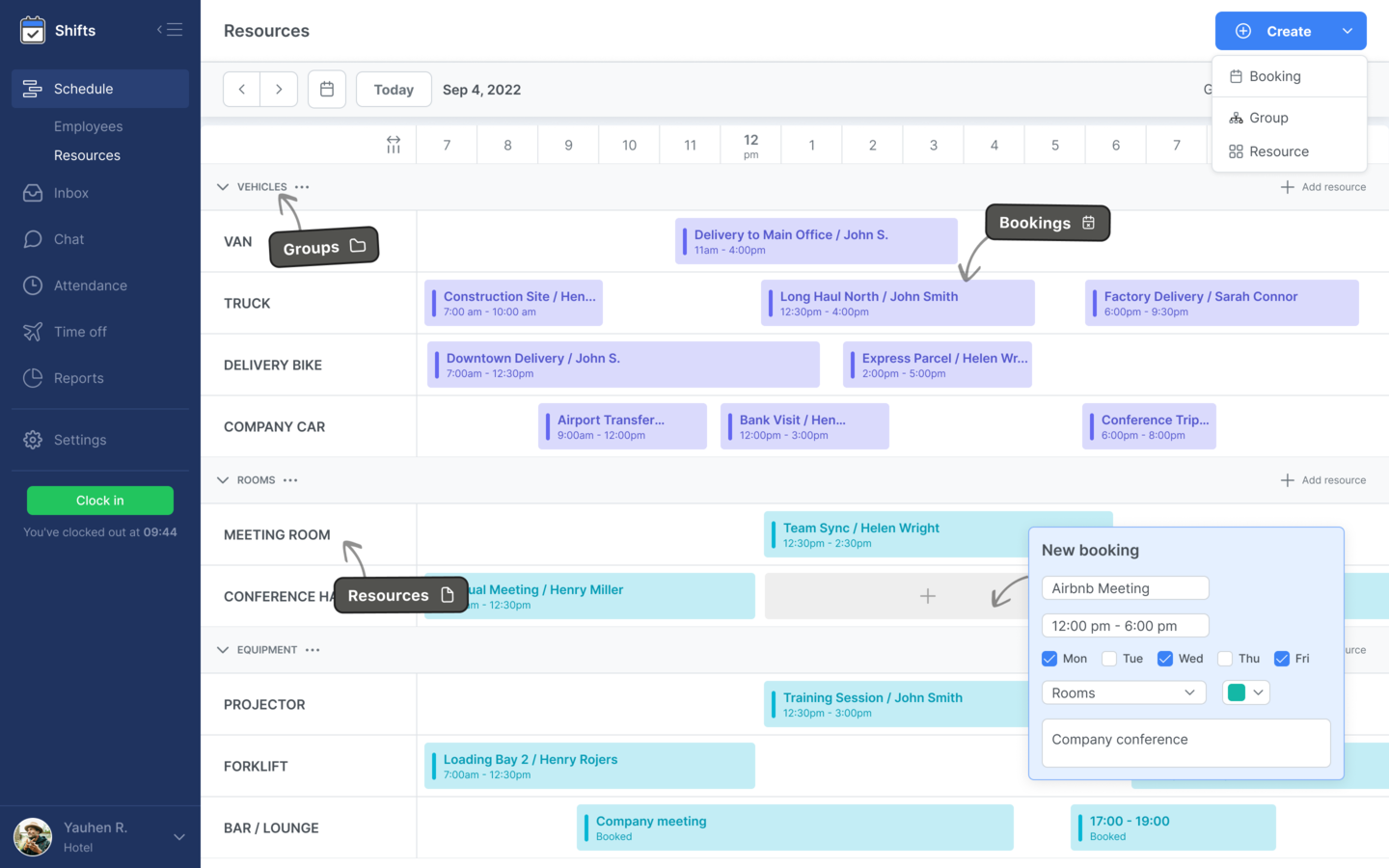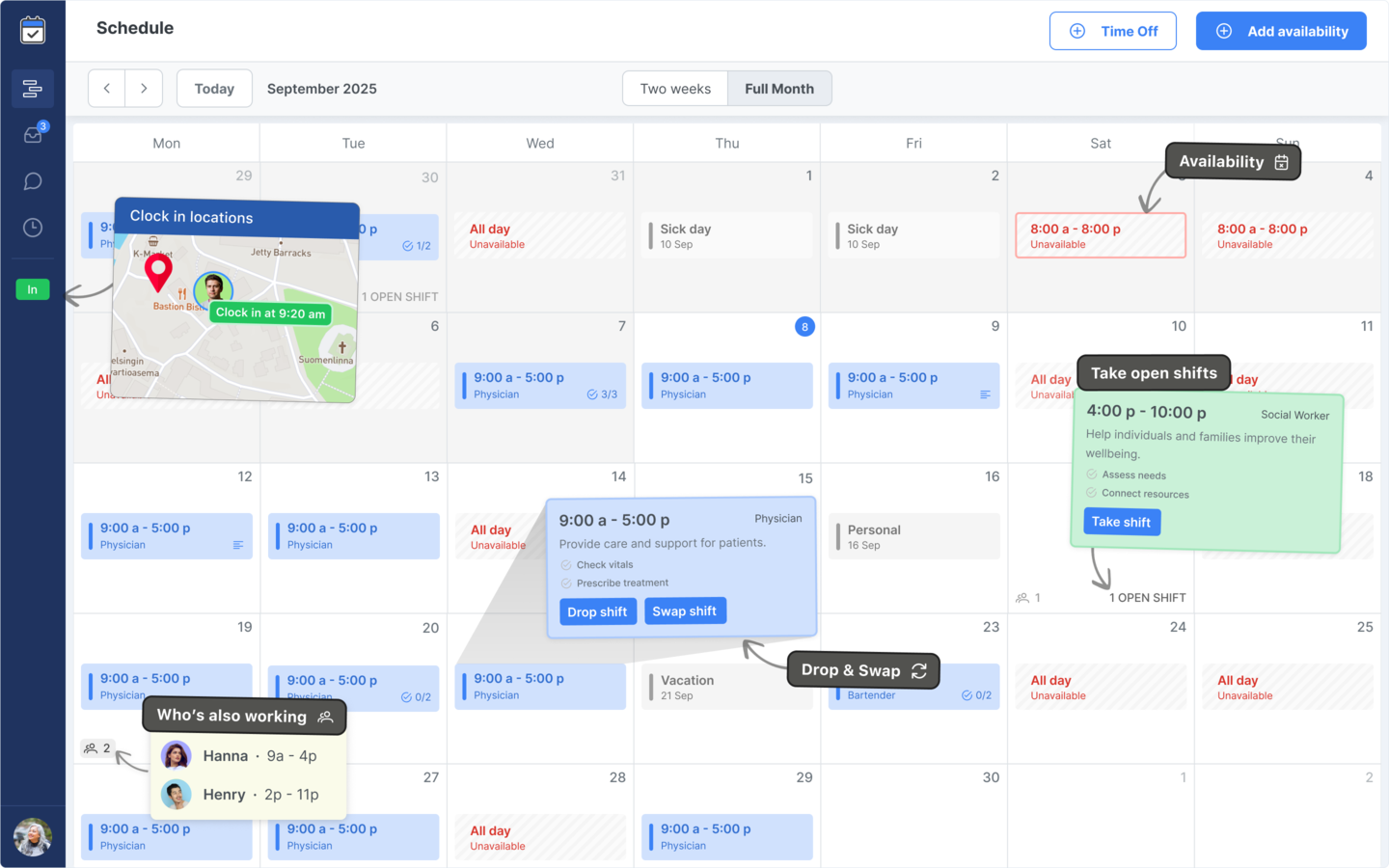A Code of Conduct is one of the most important documents in your workplace - a clear set of expectations that defines how employees, managers, and contractors should behave at work. It helps protect your company’s reputation, ensures fairness, and promotes a culture of respect and professionalism.
Whether you’re creating your first policy or updating an existing one, this guide explains what to include, how to write it, and provides a downloadable Code of Conduct template you can adapt to your own organization.
Why a Code of Conduct matters
A clear Code of Conduct sets the tone for your entire organization. It defines acceptable behavior, communicates company values, and helps prevent misconduct before it happens. When everyone understands what’s expected, your team can focus on doing their best work in a safe and supportive environment.
It also shows clients, partners, and regulators that your business operates with integrity. In many industries, having a written policy is not just good practice - it’s required by law or certification standards.
Key sections to include in your Code of Conduct
A good Code of Conduct covers more than just basic rules. It reflects your company culture and addresses the specific situations your employees may face. Below are essential sections every policy should include:
1. Purpose and scope. Explain why the policy exists and who it applies to (employees, contractors, vendors, etc.).
2. Company values. Outline the principles guiding your organization - honesty, respect, equality, safety, and accountability.
3. Professional behavior. Describe expectations around communication, teamwork, dress code, punctuality, and appropriate conduct.
4. Anti-discrimination and harassment. Clarify your zero-tolerance stance on harassment, discrimination, and bullying, and include reporting channels.
5. Conflicts of interest. Define what counts as a conflict and how employees should disclose potential issues.
6. Use of company property. Explain appropriate use of equipment, vehicles, internet, and other assets.
7. Confidentiality and data protection. Detail how to handle sensitive information and comply with data privacy laws.
8. Health and safety. Reinforce your commitment to safe working conditions and employee well-being.
9. Compliance with laws. Require all employees to follow local, national, and international laws that apply to your business.
10. Disciplinary actions. Describe what happens when the Code is violated, ensuring the process is fair and transparent.
How to create your own Code of Conduct
Start with your company’s core values. These will serve as the foundation for every rule and guideline. Then, review relevant legal requirements in your region or industry. Many HR teams consult legal counsel to ensure compliance and fairness.
Keep the language clear and professional - avoid jargon or overly complex legal terms. The goal is for every employee to understand it easily. Whenever possible, provide examples of acceptable and unacceptable behavior to make your expectations unmistakable.
Once the first draft is ready, review it with leadership, HR, and legal teams before publishing. Encourage feedback and update the document regularly as your organization grows or new laws appear.
Sample Code of Conduct Template
Below is a simple structure you can adapt to your own organization. You can copy this version in your document file to customize for your needs.
Company Name: __________________________ Policy Title: Code of Conduct Effective Date: ________________________ Approved By: ___________________________ PURPOSE The purpose of this Code of Conduct is to outline the principles and standards of behavior expected from all employees, managers, contractors, and representatives of [Company Name]. Our goal is to maintain a respectful, safe, and ethical work environment where everyone acts with integrity and professionalism. SCOPE This policy applies to all employees, contractors, interns, volunteers, and temporary staff representing [Company Name] in any capacity. 1. PROFESSIONAL CONDUCT All employees are expected to act in a manner that reflects positively on [Company Name]. This includes being respectful, punctual, and courteous, and avoiding behavior that could harm the reputation or operations of the Company. 2. EQUAL OPPORTUNITY AND RESPECTFUL WORKPLACE We are committed to providing an inclusive environment free from discrimination, harassment, or bullying. Everyone must treat colleagues, clients, and partners with fairness, respect, and dignity regardless of race, color, religion, gender, sexual orientation, age, disability, or any protected category under applicable law. 3. CONFLICTS OF INTEREST Employees must avoid situations where personal interests conflict, or appear to conflict, with Company interests. Any potential conflicts must be disclosed promptly to management or HR. 4. CONFIDENTIALITY AND DATA PROTECTION Employees must protect confidential information, trade secrets, and client data. Information should never be disclosed to unauthorized persons inside or outside the organization. All handling of data must comply with applicable privacy laws such as GDPR or local regulations. 5. USE OF COMPANY PROPERTY Company property, including computers, email, vehicles, tools, and facilities, must be used responsibly and primarily for business purposes. Misuse or unauthorized use is prohibited. 6. HEALTH, SAFETY, AND ENVIRONMENT [Company Name] is committed to providing a safe and healthy work environment. Employees are expected to follow all safety procedures, report hazards, and act responsibly to protect themselves and others. 7. SUBSTANCE ABUSE AND INTOXICATION The use, possession, or distribution of illegal drugs or alcohol in the workplace is prohibited. Employees must be fit for duty and capable of performing their work safely and effectively at all times. 8. ANTI-BRIBERY AND CORRUPTION Employees must not give, offer, or accept bribes or other improper payments. All business dealings must be transparent and comply with anti-corruption laws and Company standards. 9. ATTENDANCE AND RELIABILITY Employees are expected to report to work on time and maintain regular attendance. Absences must be communicated to supervisors as soon as possible according to Company procedures. 10. SOCIAL MEDIA AND PUBLIC COMMUNICATIONS Employees must exercise discretion when posting about the Company or work-related matters on social media. Public statements should only be made by authorized spokespersons. 11. REPORTING MISCONDUCT Anyone who observes or suspects a violation of this Code should report it immediately to HR, their manager, or through the Company’s confidential reporting channel. Retaliation against anyone who raises a concern in good faith is strictly prohibited. 12. DISCIPLINARY ACTION Violations of this Code of Conduct may result in disciplinary action, up to and including termination of employment. Each situation will be reviewed fairly and consistently. ACKNOWLEDGMENT I acknowledge that I have read, understood, and agree to comply with the [Company Name] Code of Conduct. I understand that violations may result in disciplinary measures. Employee Name: __________________________ Signature: _______________________________ Date: ____________________________________
Disclaimer
Important: This document is an example of a Code of Conduct policy designed for informational purposes only. While it follows best practices for small to medium-sized organizations, you should always adapt and modify the content to fit your company’s size, jurisdiction, and industry.
The sample policy and template provided on this page do not constitute legal advice. No legal liability or responsibility is accepted by or on behalf of Everhour, Shifts, or their partners for any errors, omissions, or statements within this document. Everhour and Shifts accept no responsibility for any loss, damage, or inconvenience caused as a result of reliance on such information.
How to implement and communicate your Code of Conduct
Implementation matters as much as writing the policy. Introduce the Code during onboarding, require acknowledgment, and make it easily accessible - both digitally and in print.
Conduct short training sessions explaining key points, especially on ethics, confidentiality, and workplace safety. Reinforce the message through team meetings and performance reviews.
Finally, review the Code annually. As your company evolves, update policies to match new challenges, technologies, and workplace realities.
Benefits for your organization
A strong Code of Conduct builds trust, consistency, and accountability. It helps prevent misconduct, protects your reputation, and reduces legal risk. Most importantly, it creates a sense of fairness that employees can rely on.
Organizations with clear conduct policies report higher employee satisfaction, lower turnover, and improved collaboration across teams.
When expectations are written down and followed, your culture becomes predictable, safe, and productive - the foundation of every successful company.
The bottom line
A Code of Conduct isn’t just a document - it’s your company’s moral compass. It defines how people treat each other, how decisions are made, and how your organization is perceived from the outside. Start with clear values, make them visible, and keep them alive through consistent action.
With this free template and guide, you can build a Code that reflects your business goals, protects your people, and strengthens your culture.





